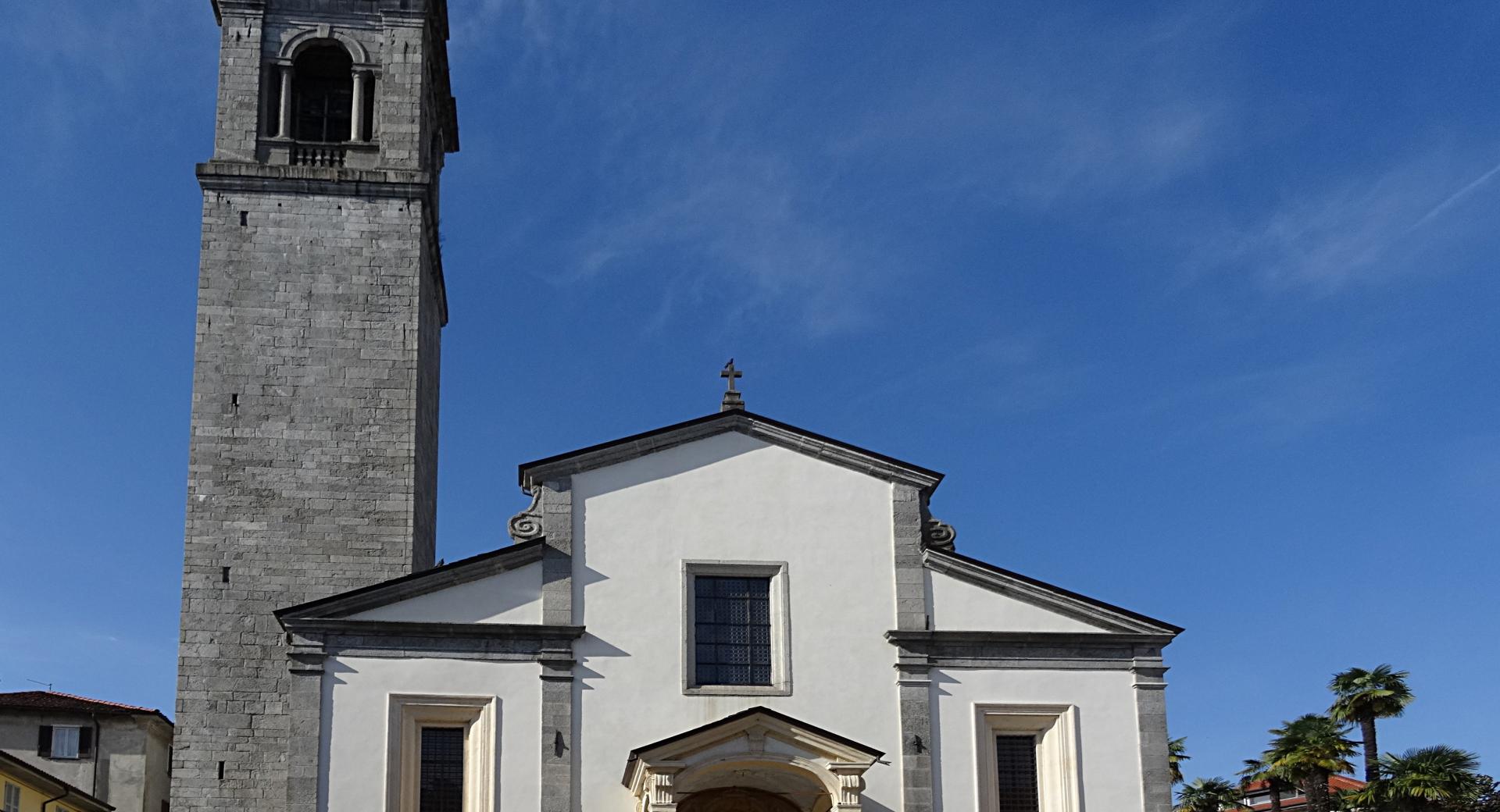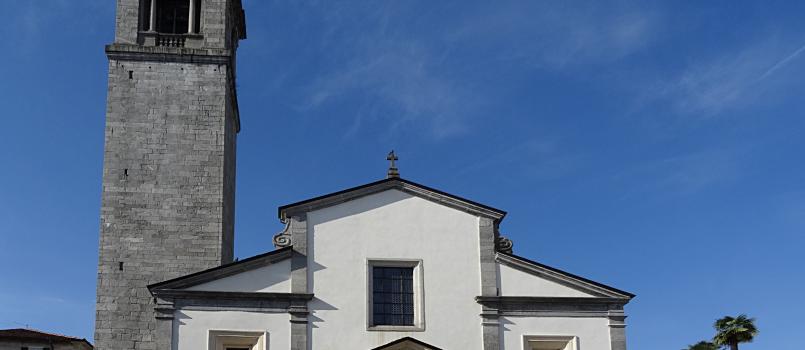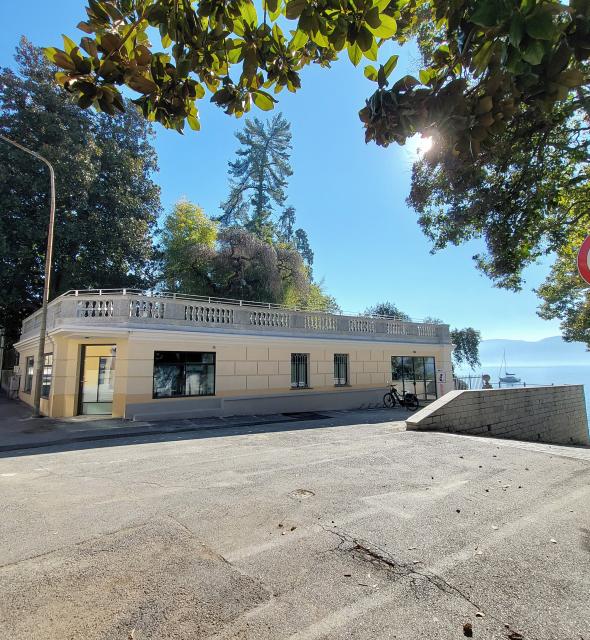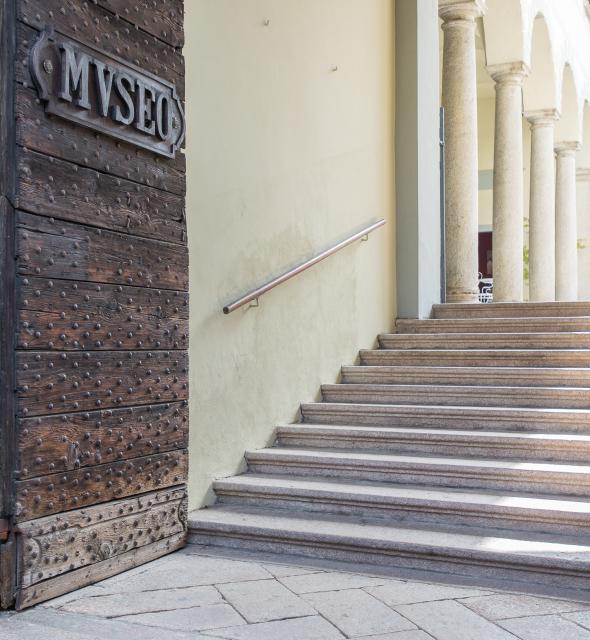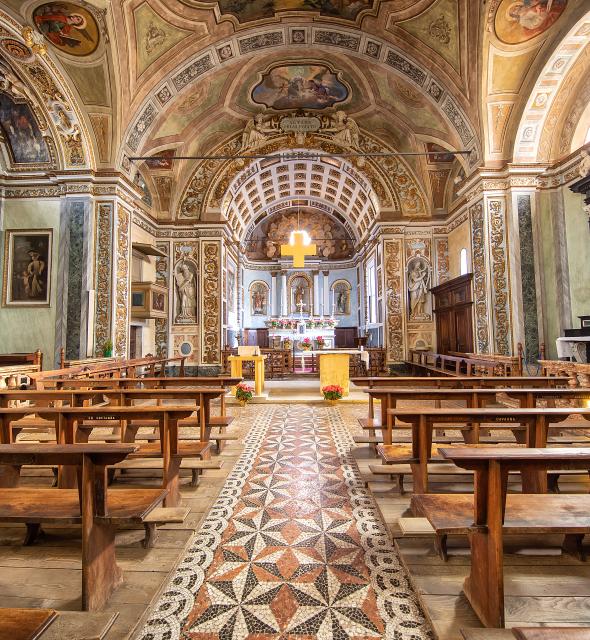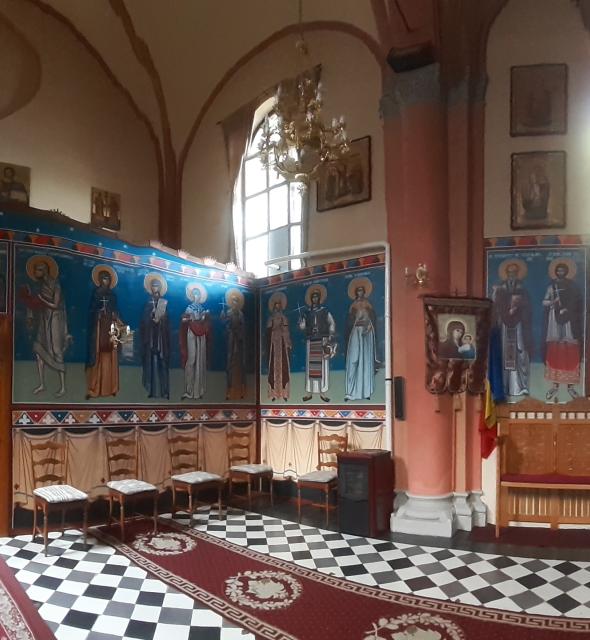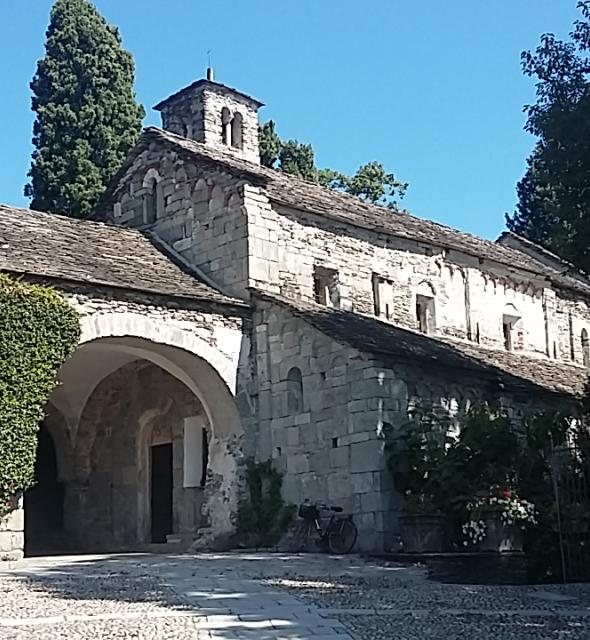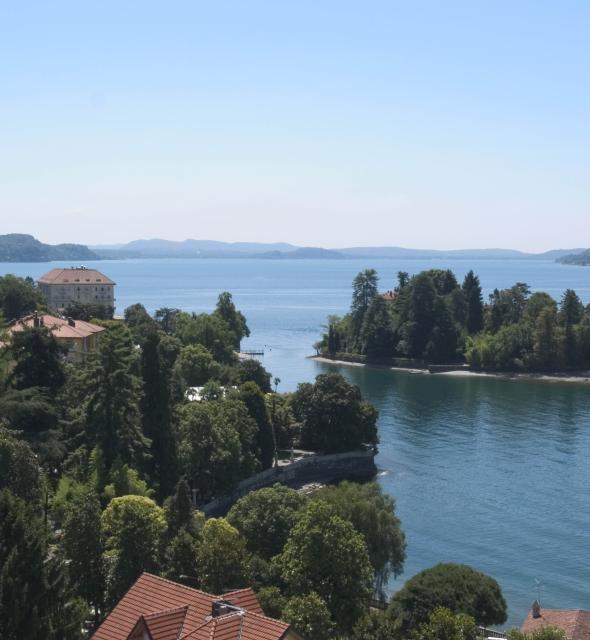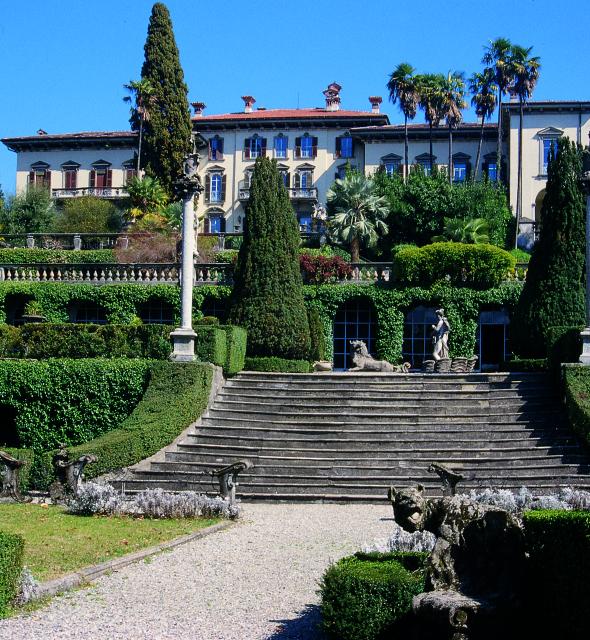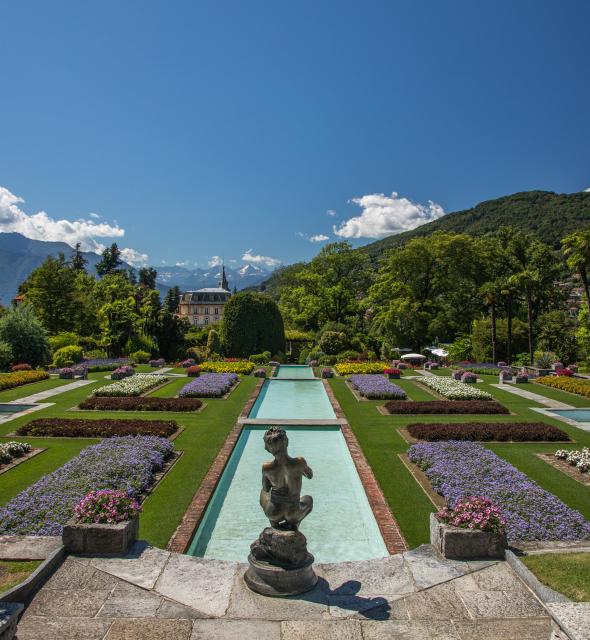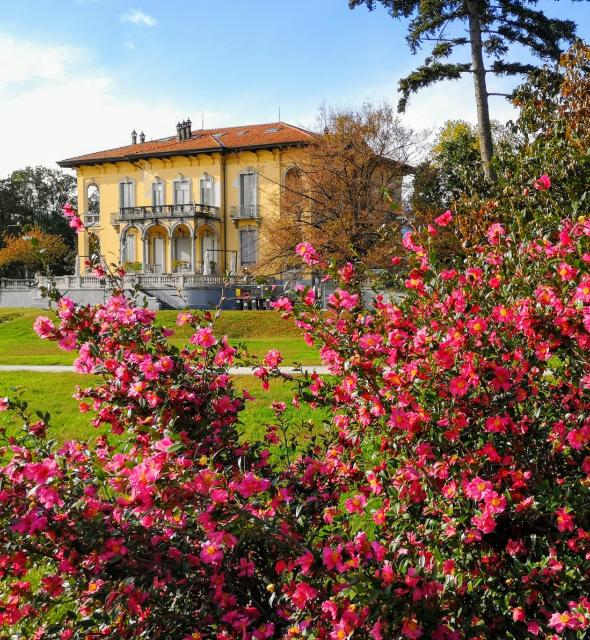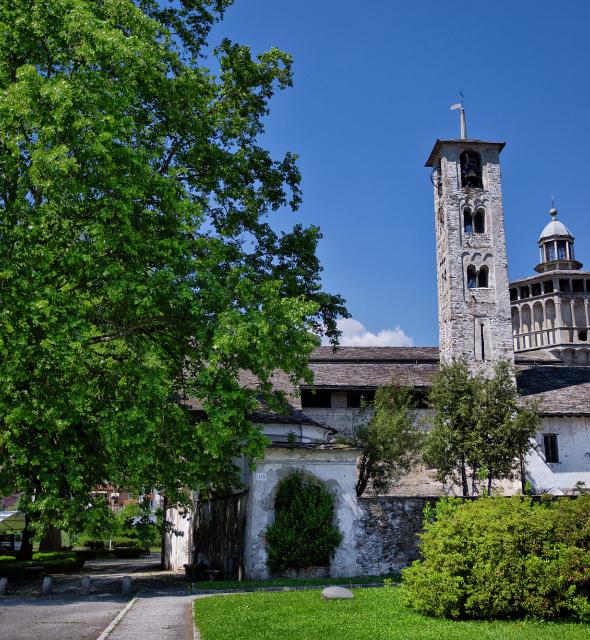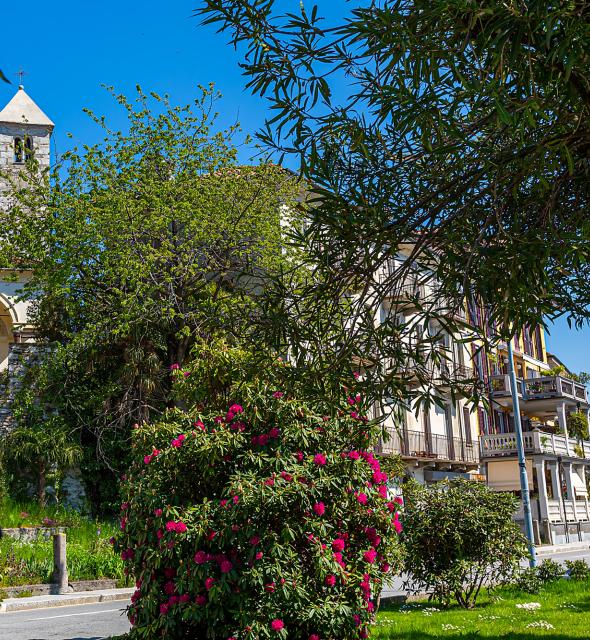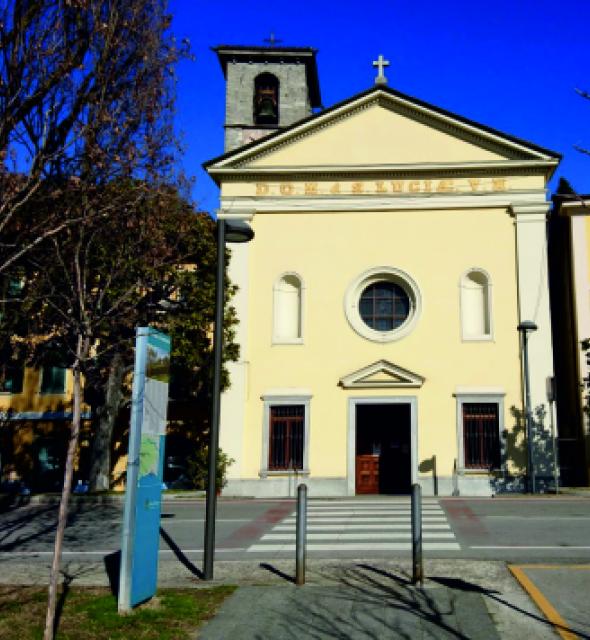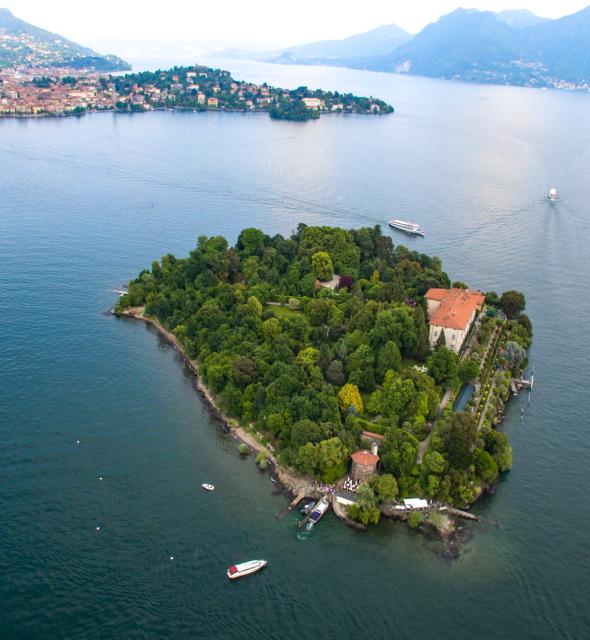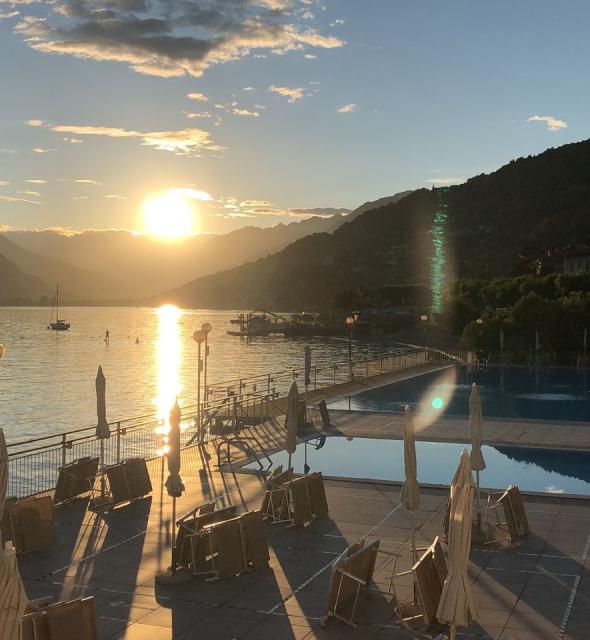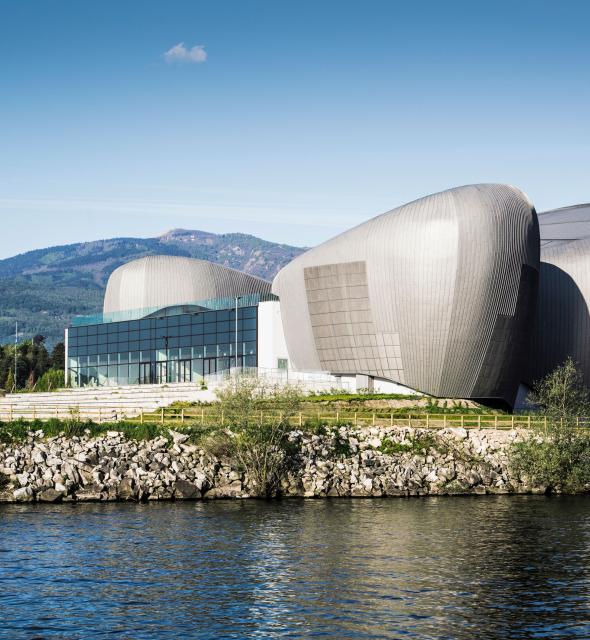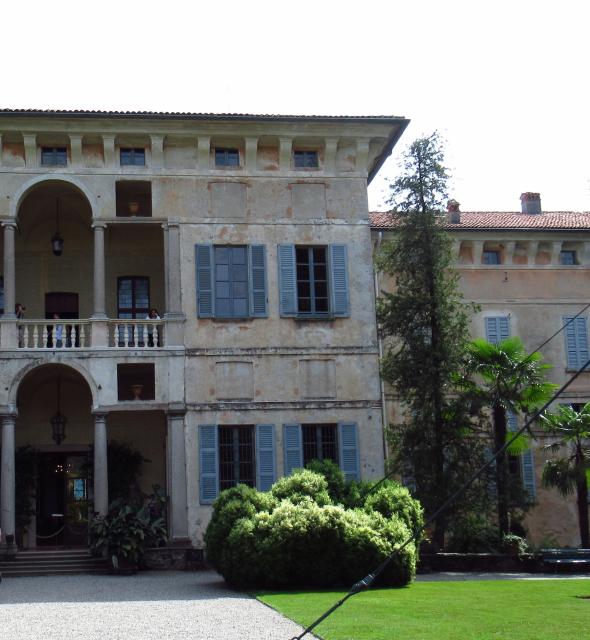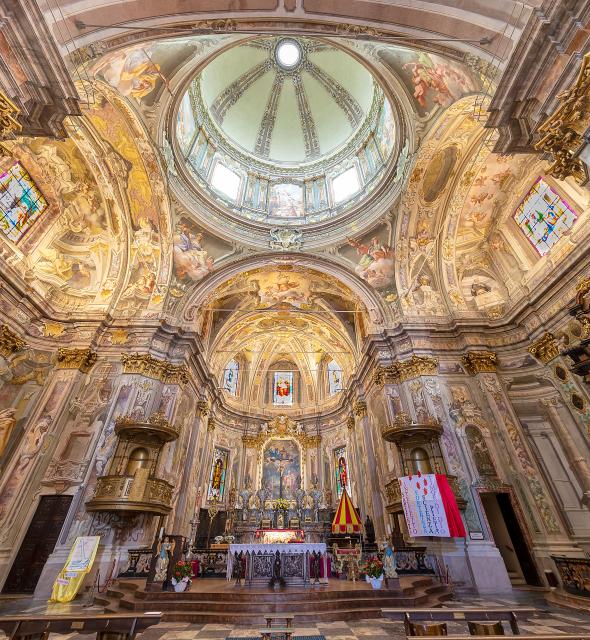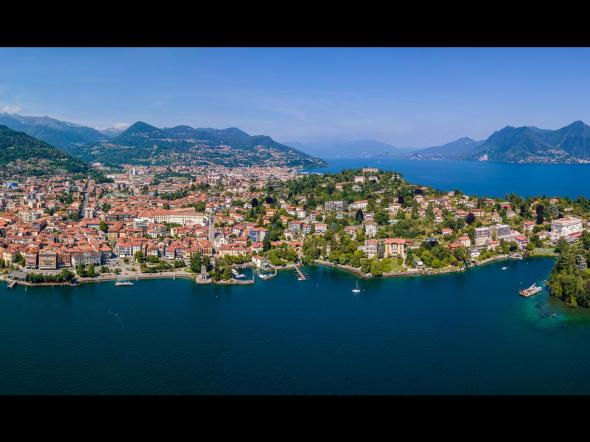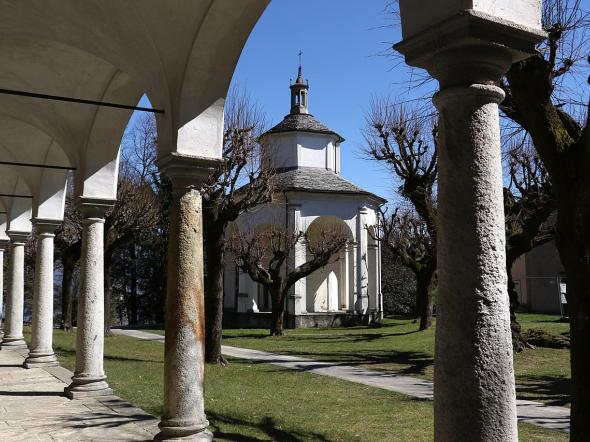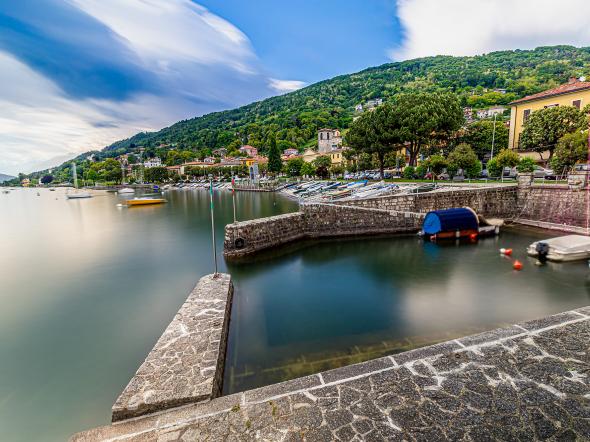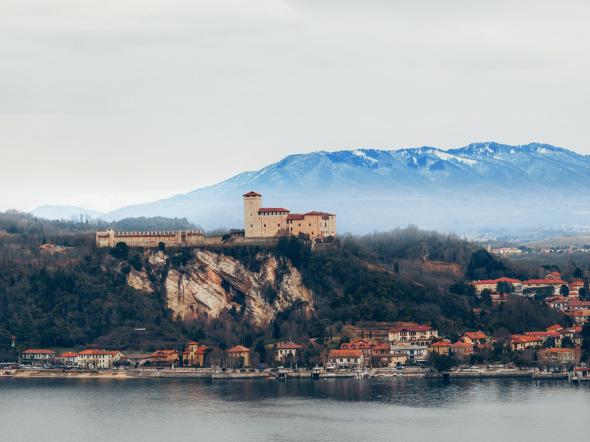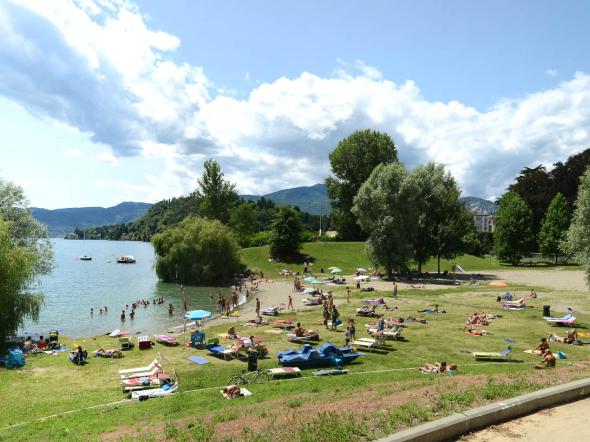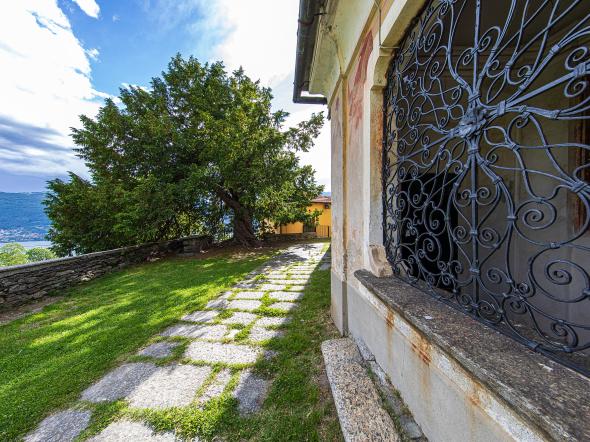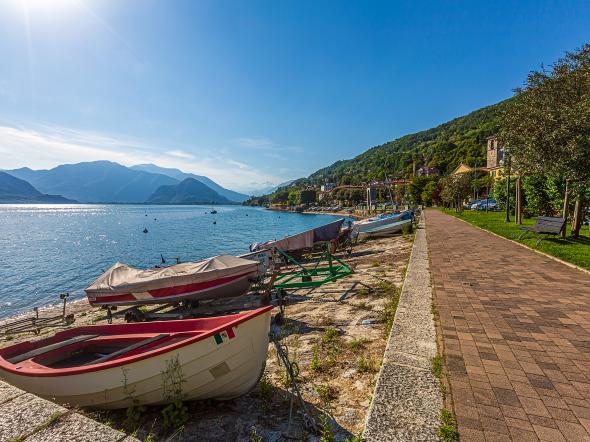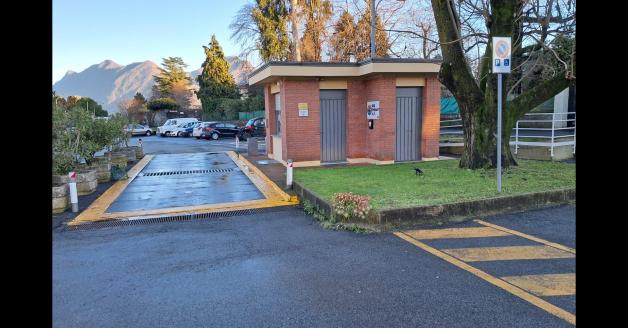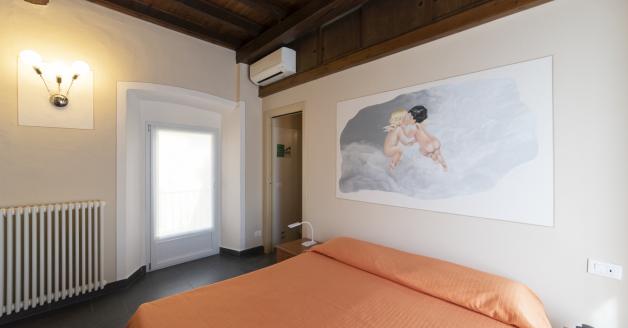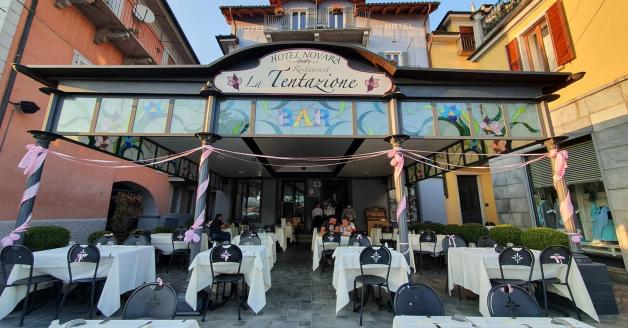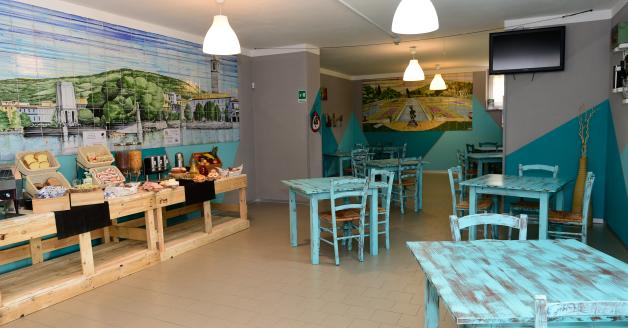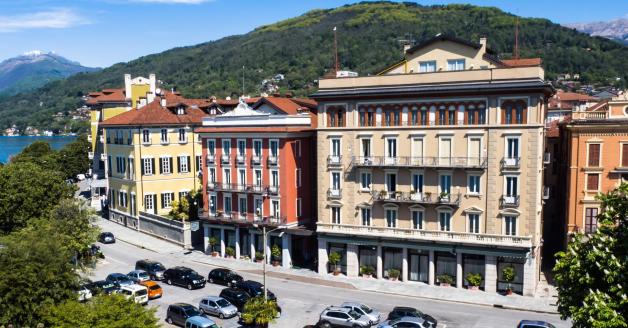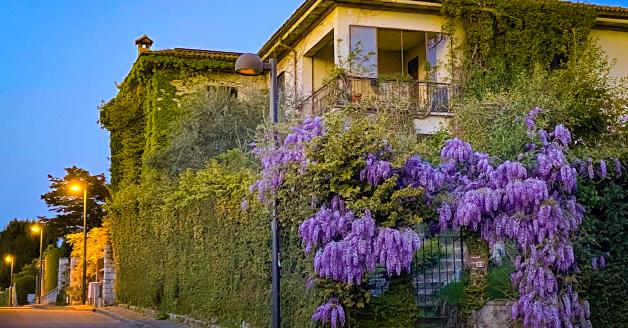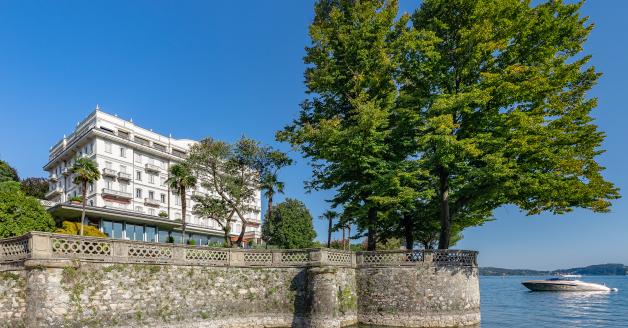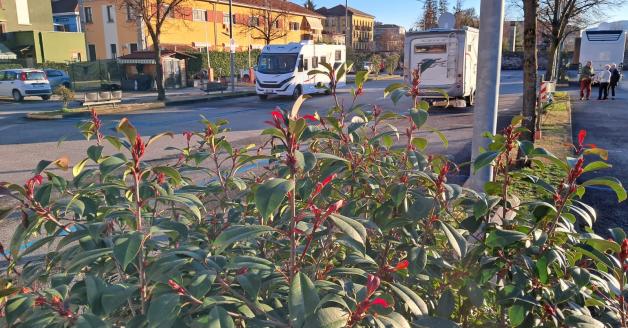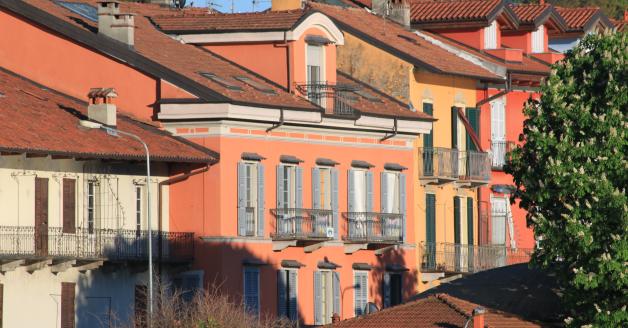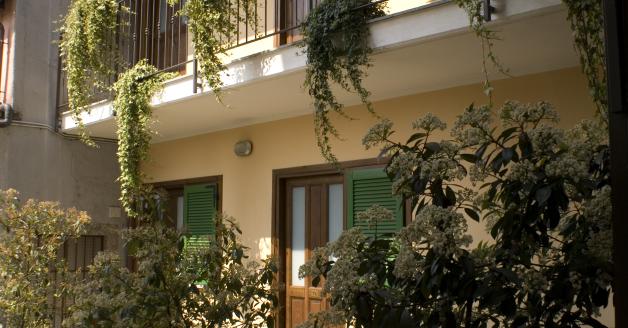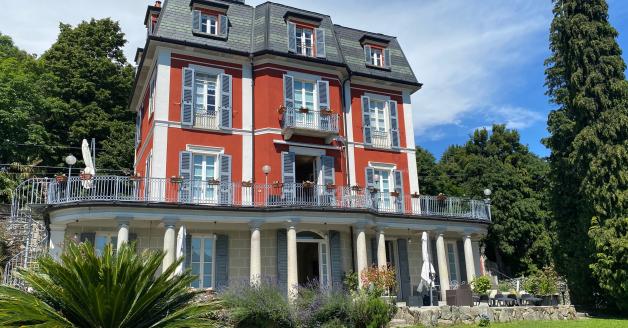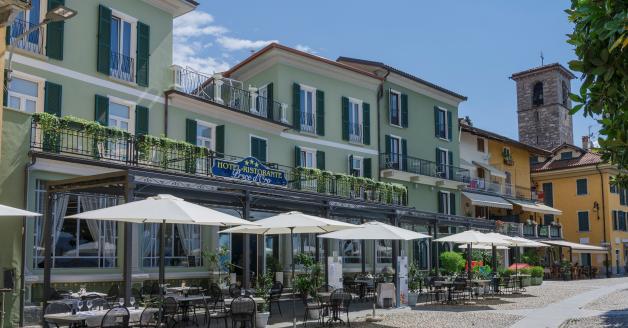Via San Leonardo, 6 - Verbania Pallanza
Its walls bear no clock, but when its bells ring out they can be heard far away in the Borromean Gulf, because the bell tower of the Church of San Leonardo is considered the tallest in Verbano. It stands 65 metres high and was built in two stages. The base dates back to the sixteenth century, but the remaining structure, with the dome and the lantern, was completed circa a century and a half later, in 1689.
Beneath this tall bell tower lies the Collegiate Church of San Leonardo, a parish church built between 1535 and 1590. To access it, from the lakefront at Pallanza near the mausoleum to Luigi Cadorna, just head towards the historic centre where you will arrive at an evocative churchyard, made spectacular by a wide flight of stairs that sweeps up to the church’s entrance.
The edifice is divided into three naves covered by cross vaults resting on columns of pink Baveno granite. It has three polygonal apses and a dome, which is not visible from the outside because it is hidden by a lantern.
The altar, the pulpit, the choir, the cover of the baptismal font and some fine wooden sculptures all date back to the 17th century. The imposing late eighteenth-century organ, built by Eugenio Biroldi, further enhances the interior of the San Leonardo church which also conserves four precious artistic gems, canvases attributed to the painter Tanzio da Varallo, known for his unique style of Caravaggesque realism. His dramatic paintings were created in the 1610s and can be found on the side walls of the presbytery. Approximately 1.80 m tall, they depict San Giovanni Evangelista, Santa Caterina d’Alessandria, San Teodoro and Santa Apollonia.
For devotees of popular piety, the church also conserves a painting depicting San Carlo Borromeo - born on the shores of the same lake, in Arona - who is venerated as miraculous. On December 17th 1630, as the plague of Manzoni's era raged, something mysterious took place in the Casa Cadorna of Pallanza. A few drops, believed to be tears, mysteriously appeared on the face of the saint of the Counter-Reformation.

